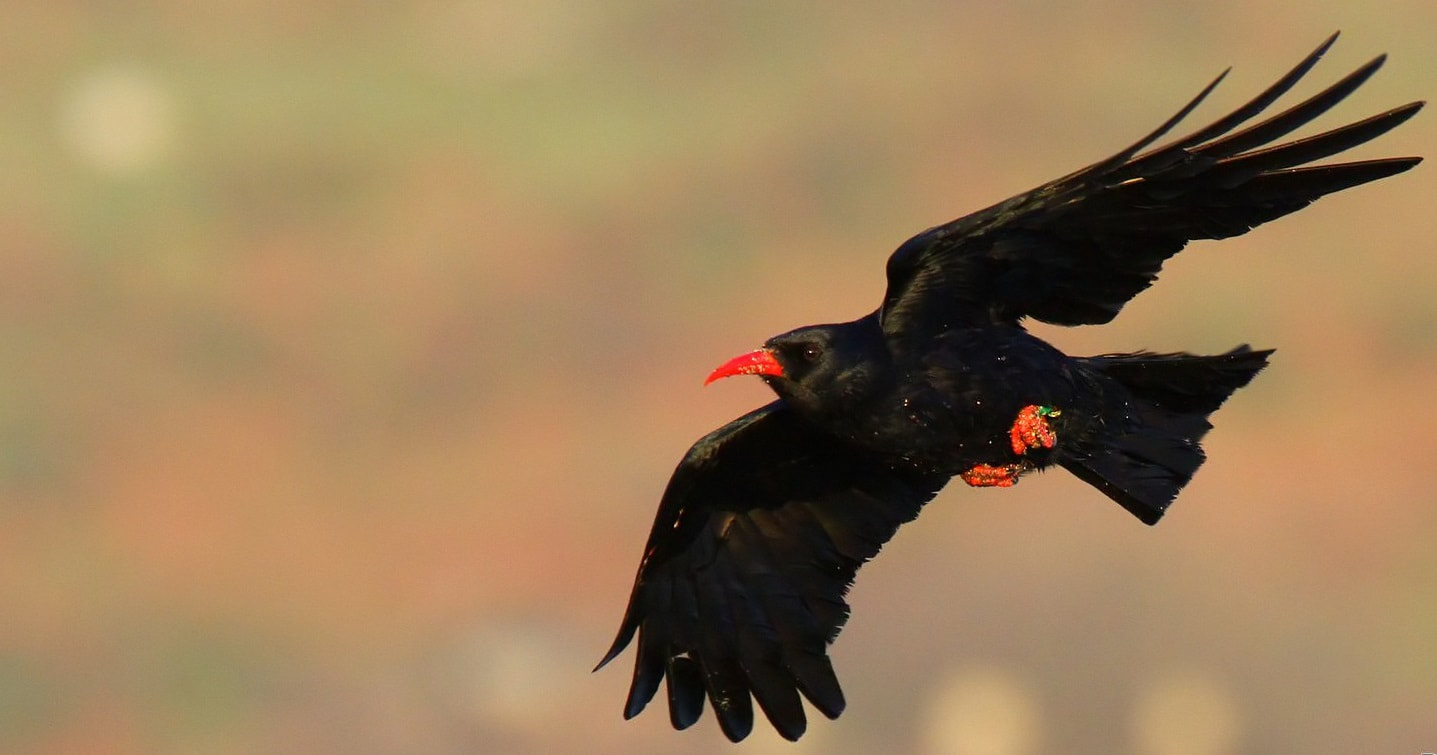|
Hot on the heels of last weekend’s popular RSPB Big Garden Birdwatch (don't forget to enter your results!), Friday sees the start of the GWCT Big Farmland Bird Count. It asks farmers to spend half an hour before 19 February counting the birds and submitting the results to bfbc.org.uk. Last year, 1900 farmers participated, recording Blackbird, Woodpigeon and Robin as the three most common species.
I wonder if any farmers on Pen Llŷn will be taking part? My coastal path walk from Aberdaron to Uwchmynydd on Sunday was rich in birdlife. A flock – clattering is the collective noun - of three dozen Choughs made their space-invader calls as they tumbled over the cliffs, which are grazed by a small herd of beef cattle. A little farther on, a Kestrel swept low over a field, scattering a flock of Chaffinches into the hedgerow and spooking 60 Skylarks upward in a cascade of liquid trills. Flocks of Lapwings and Curlews, both Welsh Red-listed birds of conservation concern, foraged in roadside fields. It’s good to see farmers and the National Trust producing good conditions for wintering birds. Anglesey’s second Surf Scoter and an impressive count of 215 Great Crested Grebes were off Benllech at the weekend. The duck was probably the one recently off Llanddulas, where a dozen Velvet Scoters were seen on Friday. Black-throated Divers were off Moelfre and Pontllyfni, Ring-necked Ducks remain at Cefni Reservoir and Llyn Tegid, a Snow Bunting at Kinmel Bay and a Little Gull was off Llandanwg. Up to 2000 Pink-footed Geese were at Towyn, surely the largest flock in the area since the fields were drained for agricultural improvement. In Flintshire, a Yellow-browed Warbler was found at Basingwerk Abbey and a flock of over 6000 Common Gulls at Gronant included birds colour-ringed in Estonia, Poland, Germany and Norway.
0 Comments
Leave a Reply. |
Bird notesA weekly update of bird sightings and news from North Wales, published in The Daily Post every Thursday. Archives
July 2024
Categories |

 RSS Feed
RSS Feed
